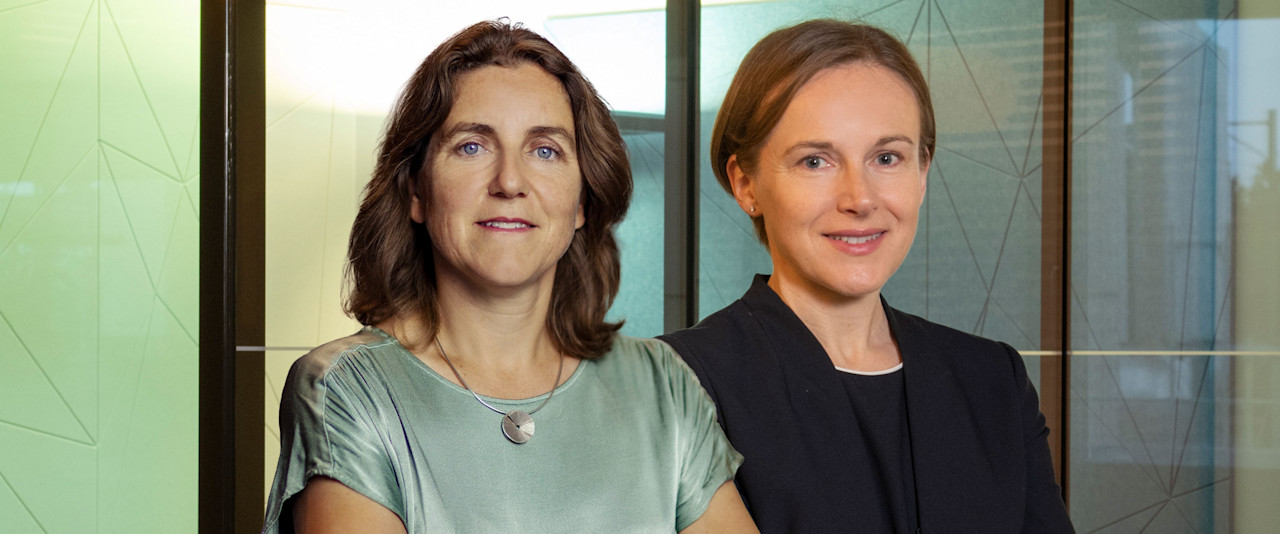Sustainable investing is a global phenomenon that seeks to provide a framework for including environmental, social and governance (ESG) factors into everyday investment decisions. What began as ‘ethical investing’ on religious grounds has evolved into a multi-trillion dollar industry. The whole global economy is now transitioning towards a more sustainable – and lower-carbon – business and investment model, led by the need to tackle climate change.
The United Nations defined it this way when it launched its Principles for Responsible Investment (UNPRI) in 2005:
“Responsible investment is a strategy and practice to incorporate environmental, social and governance (ESG) factors in investment decisions and active ownership.” 1
Environmental factors typically target pollution, waste disposal and lately, the emissions of countries and companies as the world tries to reduce global warming. Social factors focus on human rights, labor issues and diversity. Governance factors range from ensuring companies are well-run – taking decisions that benefit all shareholders and stakeholders and not just directors – as well as the avoidance of issues such as bribery and corruption.
Many investors now take responsible investing one stage further and adopt specific sustainability characteristics such as better carbon footprints or higher ESG scores in the belief this will enhance returns. We call this sustainable investing, and its use as a means of trying to improve risk-adjusted returns is discussed in more detail in Chapter 6.
Impact investing goes further still in requiring a direct consequence of the investment on the ground without necessarily also requiring a superior financial return, depending on the objective. The key differences between these styles is shown in the graphic below:
Figure 1 – The spectrum of capital

Source: Global Sustainable Investment Alliance 2020
Sustainable investing adopts progressive ESG practices that may enhance value. In addition, the concept of double materiality is used. Investors must not only look at how sustainable development is affecting business models of companies and thus their financial value; investors must also look at what effect the company (or country) has on the world as well.
Sustainable investing has therefore moved on significantly in recent years to include a bigger emphasis on active ownership (voting and engagement), and a rise in the use of impact investing, where the investment seeks to make a real-world impact such as by focusing on positive contributions towards the UN’s Sustainable Development Goals (SDGs).
In all, sustainable investing has brought the concept of creating wealth and well-being; it is no longer acceptable to just look for profits.
Table 1: The amount of assets under management that are managed sustainably


Source: Global Sustainable Investment Alliance 2020
These developments have led to sustainable investing (including ESG integration) massively growing over the past two decades. SI accounted for 35.9% of total assets under management in 2020, up from 33.4% in 2018, according to the Global Sustainable Investment Alliance.2 SI use is biggest in Canada, where 61.8% of assets were managed sustainably. In Europe, 41.6% of assets were managed under SI principles, amounting to investments worth more than EUR 10.7 trillion. That’s equivalent to almost half the annual GDP of the United States.
Figure 2: The rise in global sustainable investments from 2016 to 2020 in USD trillion

Source: Global Sustainable Investment Alliance 2020
Figure 3: Each region’s share of total sustainable assets globally

Source: Global Sustainable Investment Alliance 2020
A proud history
Indeed, it has come a long way since its origins in the 18th century, when the Quakers refused to invest in anything involved with the slave trade, creating the first exclusions. In more recent times, the concept of improving human equality to create a better world began with the political climate and first equal rights legislation in the 1960s. One of the first major uses of exclusions was seen in the 1970s when companies refused to invest in South Africa due to its apartheid regime.
Sustainability reached the global stage in 1987 when the United Nations World Commission on Environment and Development – known as the Brundtland Commission – released a report entitled ‘Our Common Future’. It is most notable for coining the term ‘sustainable development’, which it defined as “development that meets the needs of the present without compromising the ability of future generations to meet their own needs.”3
Tying this into general business activities later led to a concept of the ‘three Ps’ – People, Planet, Profit – gaining traction in the 1990s. This argued that a business-minded focus on each of these three words (and not just profit) were equally important for any commercial enterprise to be sustainable.4
This was adapted to become a focus on ESG, a different three letters which forms the bedrock of most sustainable investing processes. The focus on the E has risen in recent years as combatting climate change has become more urgent, with a focus on net-zero carbon commitments and meeting the Paris Agreement goals. Covid has additionally raised the importance of the S as so many people were badly impacted by the pandemic. And the G remains vital as companies are challenged as to how they are handling decarbonization at board level downwards.
Another significant development has been the advent of the SDGs. These aim to route investment cash into any one of the 17 goals ranging from eradicating poverty and removing inequalities to protecting biodiversity and advancing sustainable production. This has raised the importance of making a real-world impact – making a difference to lives on the ground while also making a financial return. (See the Essentials of SDG Investing for our online module about this).
It’s now integrated and mainstream
With the focus now on integrating ESG, using active ownership and making a real-world impact through the investee companies, sustainable investing is no longer limited to exclusions. It’s become part of the routine mix of financial analysis that is used globally, has become mainstream, and is no longer only a ‘rebel with a cause’.
Learning outcome
You should now understand how SI has evolved from a protest movement to an investment style that is focused on ESG factors, with a bigger emphasis on impact investing.
Footnotes
1 UNPRI
2 Global Sustainable Investment Alliance 2020 Review
3 ‘Our Common Future’, the Brundtland Commission
4 John Elkington, ‘Enter the triple bottom line’, 2004































